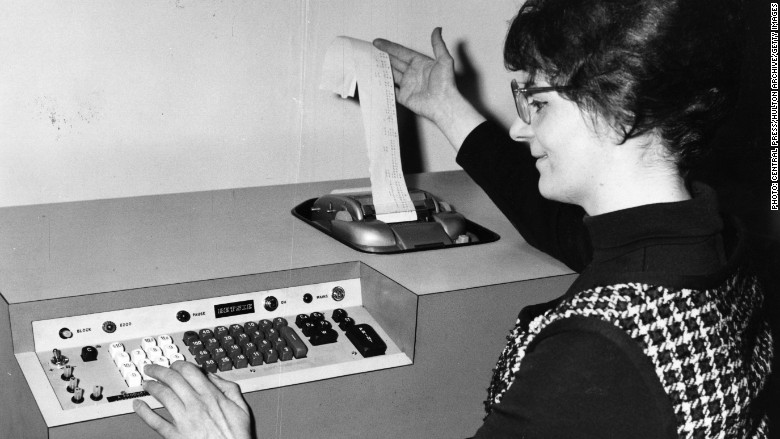
If you really want to make sure important information stored on the Internet survives for posterity, put it on paper.
That's the advice from one of the "fathers of the Internet" -- Vint Cerf, who is credited as a co-designer of the Internet's architecture.
"In our zeal to get excited about digitising, we digitise photographs thinking it's going to make them last longer, and we might turn out to be wrong," he said at a tech conference, according to Engineering and Technology Magazine.
"I would say if there are photos you are really concerned about create a physical instance of them. Print them out," he continued.
Cerf is talking about an issue anyone who has kept up with changing technology over time has struggled with: A document stored on a floppy disk is little use now because software can't read the old file and the fonts are no longer around. And you'd only discover those problems if there's a computer around that will still take a floppy disk.
That's not the end of it. What happens when the computers of the future don't even use Windows, for example?
Related: The future of technology is your local library
One solution that has piqued his interest: take a snapshot of the entire computer, including the document, the settings, the program, the operating system itself and store it safely. All of that information is essential because computers in the future won't have any context for understanding the programs we rely on today.
The snapshot is basically a computer program that can, in theory, run on any computer once it is manually inputted by a future human.
Even if we never want to access our old documents, someday historians will.
"Let us imagine that there's a 22nd-century Doris Kearns Goodwin and she decides to write about the beginning of the 21st century and seeks to reproduce the conversations of the time," he said, according to the magazine. "She discovers that there's an awful lot of digital content that either has evaporated because nobody saved it, or its around but it's not interpretable because it was created by software that's 100 years old."
That's like seeing characters carved into stone tablets, but not understanding the language.
It's difficult to anticipate what the technology or historian types of the future will be looking for.
But even though they'll be using technology we can't imagine today, if we print out what we've digitized, at least they'll have what really mattered to us -- on a piece of paper.


